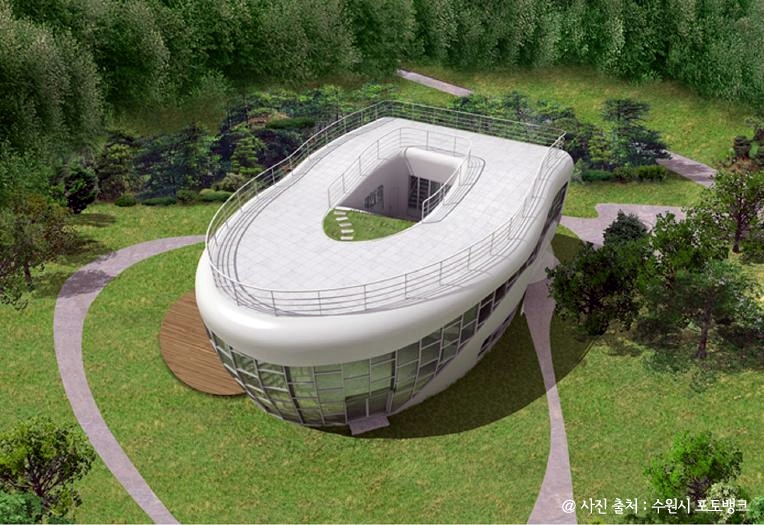A Def Vacation
The South Korean city of Suwon is home to over a million people, making it one of the nation’s ten most populous municipalities. According to Wikipedia, its most notable tourist attraction is the Hwaseong Fortress, a structure dating back to the late 1700s, the remains of which are a UNESCO World Heritage site. But that’s hardly Suwon’s only attraction.
There’s also this:

That’s a museum called 해우재, or Haewoojae, which according to the Korea Tourism Organization, translates to “a house to relieve one’s concerns.” And if it looks kind of like a toilet, there’s a reason for that:
It’s a museum dedicated to toilets.
Colloquially, in English, the attraction is called “Mr. Toilet House.” It’s the brainchild of Sim Jae-duck, a former mayor of Suwon who was “known as Mr. Toilet thanks to his efforts to improve the city toilets at the 2002 World Cup during his tenure” according to the BBC. (Per Kotaku, quoting a YouTube commenter — but it’s probably true — “Korea’s public toilets were ‘ramshackle and disgusting’ before the 1980s.”) Mr. Sim built himself the toilet-shaped home in 2007 and, after his death, the city turned it into a museum reflecting his life’s work. The exhibits, such as the ones seen below, focus on the culture of pooping.


Fun stuff.
But really, the museum is no laughing matter. As previously noted in these pages, per the Centers for Disease Control, “eighty-eight percent of diarrhea cases worldwide are linked to unsafe water, inadequate sanitation or insufficient hygiene. These cases result in 1.5 million deaths each year, mostly in young children.” Mr. Sim was well aware of this; he founded the World Toilet Association to help address these concerns. (The much larger World Toilet Organization addresses the same.) Mr. Toilet House isn’t a joke — it’s an effort to raise awareness around this critical public health concern.
And it’s been somewhat successful — the museum’s reviews on TripAdvisor are generally positive and per Reuters, roughly 40,000 people visited the attraction in its first four months. Admission to the museum is free, in case you’d like to judge for yourself. But as getting there can be pricey unless you live in the area, you’re [you know what] out of luck unless you can afford the airfare. Your best alternative? Here’s a video by the BBC, taking you through some of the high points of the experience.
Bonus fact: One of the big reasons why there are organizations like the World Toilet Organization is a lack of infrastructure — you can’t really install a toilet in a house that doesn’t have a municipal waste or septic system. In 2012, the Bill and Melinda Gates Foundation (Bill Gates, of course, is a founder of Microsoft) issued a challenge to the science community, looking for a next-generation toilet. (Here’s their video announcing the challenge, and it’s worth the 90 seconds.) The winning entry came from researchers at Caltech, who came up with “a solar-powered toilet that generates hydrogen and electricity [from waste]” per a Gates Foundation press release. A prototype of the toilet — it’s a big dome with two levels — can be seen in Caltech’s video, here. It has not yet been put into production more widely, though.
From the Archives: Flushed With Love: The pre-requisite to marriage that only Mr. Sim (and maybe Bill and Melinda Gates) could truly appreciate.
Related: “Unicorn Gold,” a product described as “before-you-squat spray.” Per one Amazon reviewer, “The best way to describe it is, ‘I can’t even tell it’s happening *while* it’s happening!’.”
